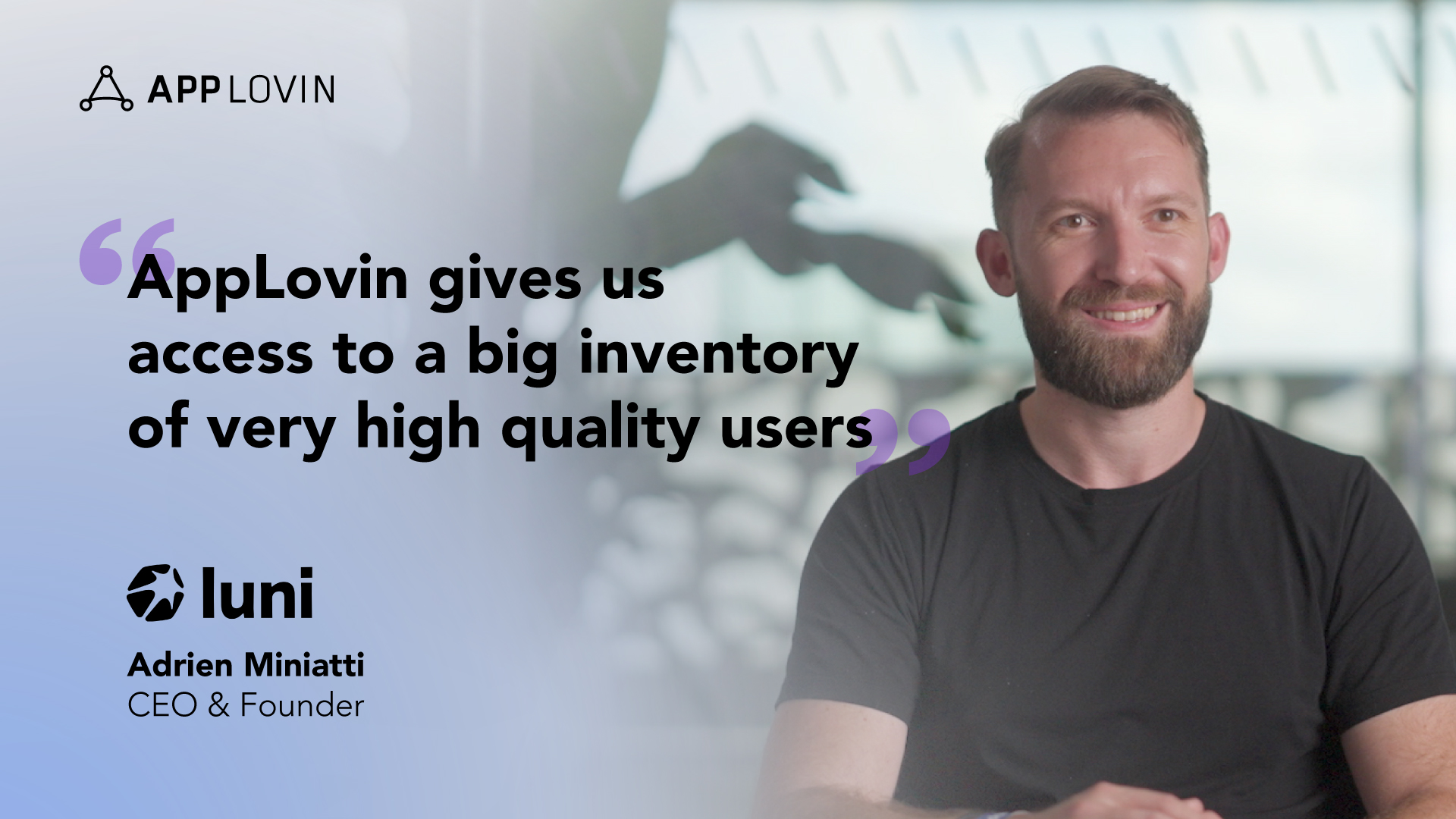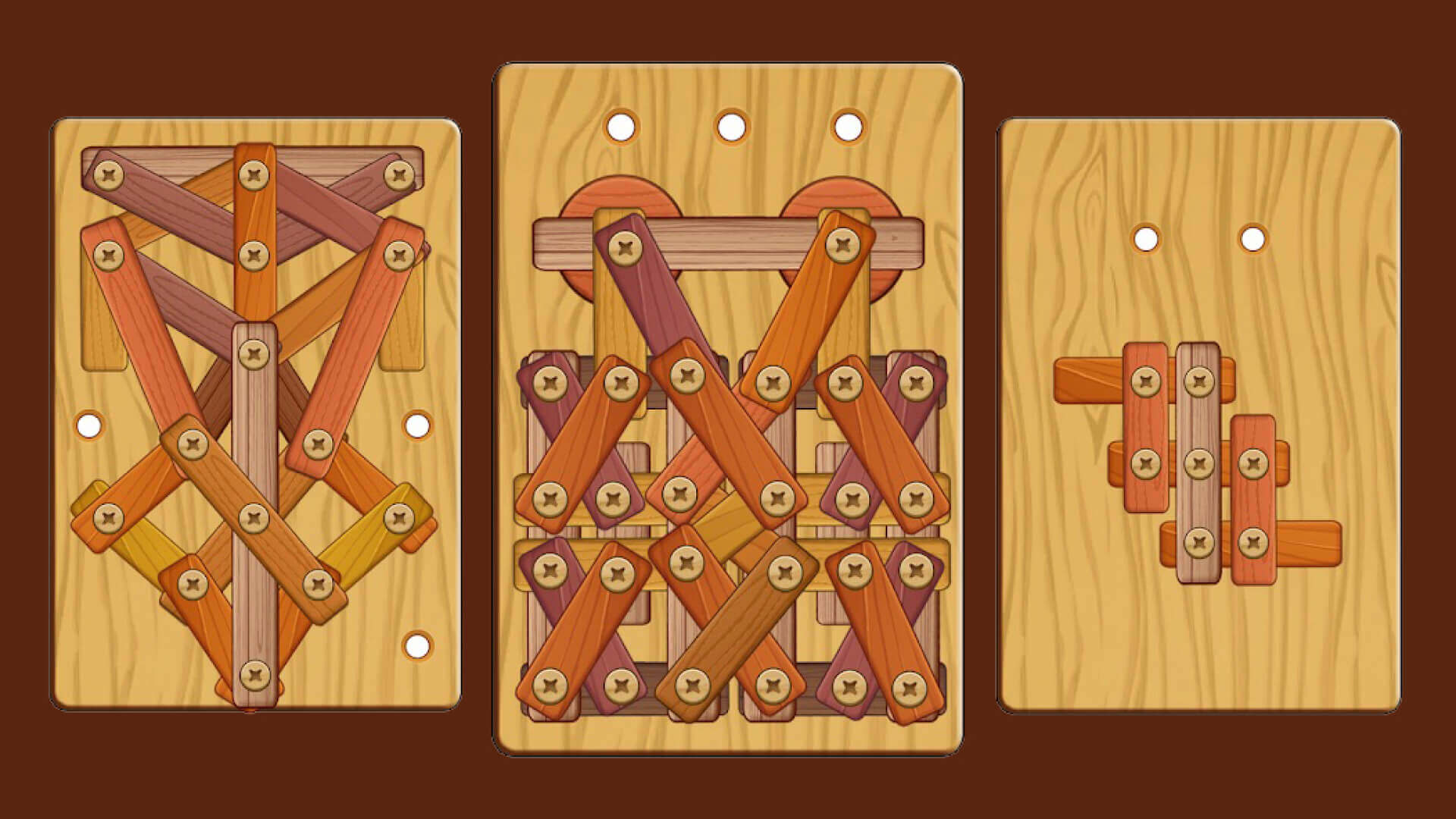Continuing our Let the Sparks Fly series, up next: the master minds at SparkLabs share their thoughts and insights into the world of creatives. Keep an eye out for future posts on our blog.
Nothing has become more important to drive success for a game’s mobile user acquisition strategy in the past few years than creatives. This has shifted so much so, that creatives have now become one, if not THE ultimate lever to pull when optimizing a campaign. We see this coming to life in the industry as more game studios and networks build their own in-house creative teams, and performance marketers spend more time analyzing creative performance results.
The bottom line is – strong creatives have a huge influence over the success of a game.
Whether you’re a performance marketer, data analyst, developer, or designer — being able to anticipate and innovate the next high-performing ad trend is critical to staying a step ahead of the market in today’s competitive industry.
So what do we think is going to be the next big thing? Here are some of our top predictions for the rest of this year:
High-quality creative content makes a come back
Last year at Amplify Berlin our audience was curious about the rise of creatives that don’t represent a game’s true mechanic. Our response was simple: Results are the top priority. While highly engaging creatives that aren’t true to gameplay may yield strong conversions in the short-run, in the long-run user quality weakens, and business profitability isn’t sustainable. We predicted that the tide would start to turn back toward high-quality and high-relevance creatives in 2020. Now four months into the year, that’s what we’re starting to see more of already. As more games enter the market, marketers are focused on finding a balance between acquiring high-volume and high-quality users to drive long-term sustainable growth. Ensuring your creatives engage users with pertinent content provides greater alignment to the true game, and as a result will drive higher install rates and post-install metrics, which ultimately means higher ROI.
Hybrid-relevancy creatives become the next thing
As creatives become more sophisticated, the bar for innovation also continues to rise. There is a strong need for concepts that truly captivate the audience and convert without sacrificing too much quality. This year, we think the lines of authentic-to-game mechanics and art will integrate intelligently with high marketability concepts to achieve this goal. The result? This is where we’ll see some truly new creative content arise.
Storytelling becomes increasingly important
Gameplay used to be enough to carry the weight of driving performance for a creative, however now it needs more. Once strong gameplay is married with a compelling storyline — you have created a secret sauce, and this is where we think creatives will be trending in 2020. It could be a linear story walking a user through how a game works, or a narrative story about a character that emotionally connects with the user, either of these concepts will resonate far better with users and lead to higher engagement.
Dynamic playable ad optimization makes meaningful advancement in technology and adoption
At a baseline most gaming studios are able to make playable ads, or have a partner they work with to create playables. As a result, simply having a playable ad is no longer sufficient for differentiating performance in the market. To date most marketers are optimizing for top line metrics like CTR, CVR, and IPM/CPM, but this is starting to shift as well. While these metrics can be sufficient for early stages of user acquisition, for longer-term games with matured campaign strategies, being able to look beneath these layers at user engagement within the playable is key. This allows us to understand points of drop-off, high fluidity, and user preferences, which are critically valuable in driving incremental lift. Another upside to this is time efficiency. Instead of creating multiple versions of the same playable concept with minor variable adjustments to test infinite hypotheses, it would be most efficient to optimize via a base playable that randomly serves multiple variables at once.
More studios and networks will have in-house creative teams
In this increasingly competitive market, game developers not only need to come up with the next top-performing concept, they also have to do it the fastest and at the highest volume to capture the win while it’s there. Companies are building in-house creative teams and finding ways to create at high scale to produce as many variants as possible to market these games to the top of the app stores as soon as possible, because small iterations can yield a huge performance difference. Capturing those learnings and iterating at a fast pace is another upside of retaining control in-house.
There will always be a place for creativity in the gaming industry. It is one of the least commiditizeable assets in mobile user acquisition and one of the most important levers to pull in a game’s user acquisition strategy. As we continue to barrel through 2020, we can’t wait to see how the above predictions pan out.









